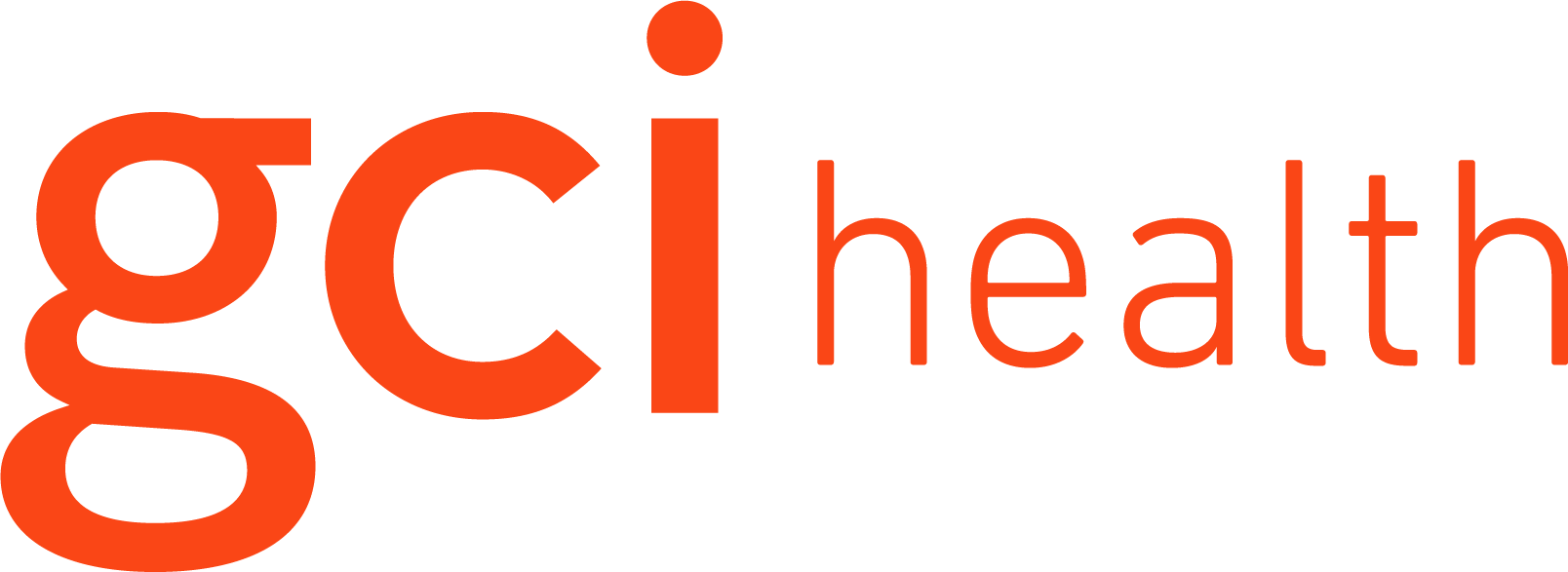I recently had the opportunity to participate in a panel entitled “2020: 20 Things You Can Do to Prepare for The Next Era in Healthcare Communications” at the ExL Pharma Public Relations and Communications Summit. The lively discussion featured insights from my co-panelists; Mike Hudnall, Global Client Leader, Global Practice Lead, Health, WPP; Brad Saunders, Vice President, Strategic Partnerships, The Mighty, and Kathy Steinberg, Senior Consultant, PR Research, The Harris Poll. With backgrounds spanning multi-channel marketing, digital health, advocacy relations and research analytics, there was fantastic dialogue based on all our unique perspectives and understanding of the influential trends that will be powering the work we do in 2020 and beyond.
Trust Is the North Star
Investing time and effort to build a foundation of trust among patients and patient communities has never been more essential to success. Today, consumers seek answers from a variety of sources – accurate or not – and, at times, trust these sources more than their healthcare provider.
“Marketers need to keep pace with communities they’re looking to reach,” said Saunders. “People are hungry for advice, but don’t know where to turn – trust is the North Star but who and what we trust is changing.”
So, with medical authority up for grabs, communications efforts must be part solid science and part personal experience. It’s the melding of the two that creates the strongest trust as people look for a one-stop-shop for health information and people “like me” to learn from.
While establishing trust is a significant responsibility, Hudnall, reminds us it’s also an opportunity for brands to demonstrate their commitment to a larger purpose. “We’re seeing a more proactive focus on a connection to society, reputation, behavior and culture,” he said. “People today care about the behavior of the companies they do business with and, while many health companies are under fire, they do an enormous amount of good in the world. Let’s tell that story.”
Engage the Community vs. Marketing to It
Panelists agreed that while traditional marketing efforts have focused on pushing information to audiences rather than engaging them, patients and healthcare providers now expect deeper, more personalized experiences. “We need to bring value in an authentic way by contributing to the community dialogue, being part of the conversation, not just talking at ‘them’,” Saunders said. “Let community insights guide the way to actual conversations and learn from the feedback.”
In addition, it’s key to remember that barriers to better care aren’t only medical treatment and access, but also cultural, environmental and health literacy. Communications efforts need to consider these realities when coming up with a strategy of who to reach and how.
From crowdsourced diagnoses to crowdfunding to pay for medical treatment and even “scientists” as young as high school age, Steinberg believes our targets are vast in demographics and psychographics, so we need to take a broader approach to who we hope to reach.
Balance Personalization and Privacy
To create personalized experiences for the growing demands of our consumer mindset audience, we must understand how to leverage emerging technologies, data and intelligence that are suddenly at our fingertips.
While this makes the practice of medicine more complex, Hudnall explained how it also presents opportunities for tailored experiences and precise, targeted relationships: “Companies are embracing the technology revolution, with the goals of significantly transforming business operations, speeding the approval of and access to new medicines and automating processes and even new self-service platforms.”
As communicators make the most of these new skills – including wearable tech, telehealth and the use of “gamification” and virtual reality – Steinberg recommends proceeding with caution and bracing for the inevitable “tech-lash.”
“Despite improving adherence and outcomes in healthcare, there is backlash due to privacy concerns,” she said. “Communicators need to understand the importance of transparency and security when talking about tech integration in health.”
Keep People at the Center
People living with a health condition do not want to be defined by it. They want to be seen as people, not just as patients, and want companies and providers to understand how their condition affects the other parts of their life – the whole of their life. As the commercialization of medical care continues and medical visits over index on labs and functional scores, research shows that people want to discuss how their condition is affecting their job, their relationships, their full life.
In the future, Saunders predicts that harnessing the power of storytelling and the value of online community will be vital to helping navigate health issues – and that the ability to tap into shared, emotional experiences will be as effective, if not more effective, than information coming from “the experts.”
Patients aren’t the only group that wants to be treated like people, either. Healthcare providers are overworked, stressed and burnt out. To capture their attention, be a partner. Don’t give them something else to add to their day; instead, show them how something else can simplify their day, improve patient satisfaction scores and get them home in time for dinner with family.
So, while health systems and technology may evolve and transform across the globe, people’s beliefs and behaviors don’t shift so quickly or dramatically. A holistic approach to healthcare – one that keeps people at the center of every message and balances personalized, authentic experiences with the desire for transparency and privacy – will always be one of the most powerful assets for communicators to create positive change for those we work to serve.
Written by:
Kimberly Hobbs
Executive Vice President, Director, Advocacy & Patient Engagement, GCI Health



